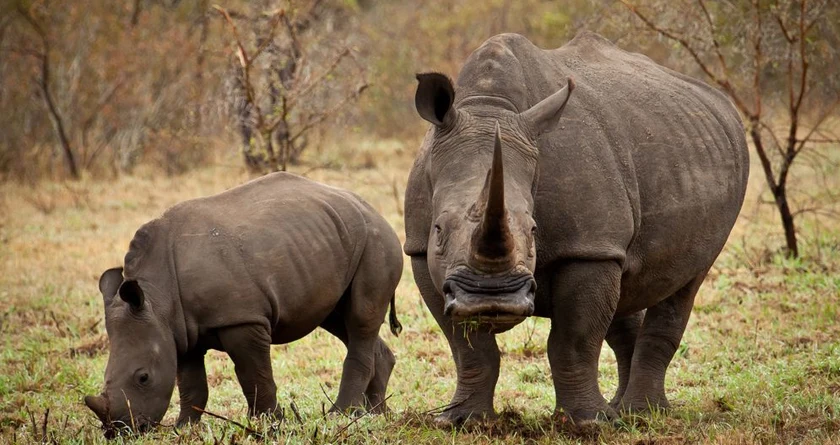
Learn More About the Rhinocerous
Rhino News
Wednesday, 29th September 2021
Rhinocerous, popularly termed rhinos, are giant horn-bearing herbivorous land mammals that have five species and 11 sub-species, some of whom even are two-horned.
In fact, the name has been derived from the Greek words ‘rhino’ and ‘ceros’ meaning nose and horn respectively. A rhino horn has been a much sought after commodity since time immemorial for their supposedly marvellous healing properties, making the species a prized game for hunters and in effect driving them to near extinction.
Rhino horns are also popularly used as decorations and trophies as well as in Chinese medicine in a ground form. They are also believed to be powerful aphrodisiacs and are added in food or brewed in tea apart from being used for hangover cure and treatment for fever, rheumatism, gout and other disorders.
Conservation of the species
As per official statistics, in the beginning of the 20th century there were 500,000 rhinos across Africa and Asia which soon started dwindling until the figures have reached 29,000 today.
Some of the most threatened groups of rhinos that are at a great risk of extinction according to the Union for Conservation of Nature's Red List of Threatened Species include:
- Black rhinos, Sumatran rhinos and Javan rhinos
- Greater one-horned rhinos
- White rhinos
As per the WWF, today there are merely two northern white rhinos, both female, left in the world and both of whom are incapable of breeding due to physical conditions.
As for the Sumatran rhinos, they are already extinct in Vietnam and Malaysia and only exist in small numbers in three national parks in Sumatra.
Horns
While common belief is that rhino horns comprise of keratin, deep level scans have revealed they are not merely thick clumps of hair, but have dense mineral deposits of calcium and melanin in their very core which makes the horn stronger and protects it from the sun's UV rays respectively.
A rhino can re-grow its horns if it breaks off. It usually tends to bend backwards because of the dis-balanced levels of keratin in the front and rear areas of the horn. The outer area of the horn is rather pliable and can be sharpened even after years of use. Sizes of rhino horns vary from 20 to 51 inches.
Size
The largest rhinos can grow up to 12-13 feet long, 6 feet in height and 2,300 kgs, while the smallest grow up to 8-10 feet long, 4.8 feet in height and 800 kg in weight.
Other facts
Rhinos get along well with certain species of birds and make a ‘mmwonk’ sound when happy. Rhino horns are also used to make ornamental dagger handles. Fossils of the woolly rhino that became extinct 10,000 years ago, have been discovered across Europe and Asia.
The News Talkie Bureau
Source- Livescience











